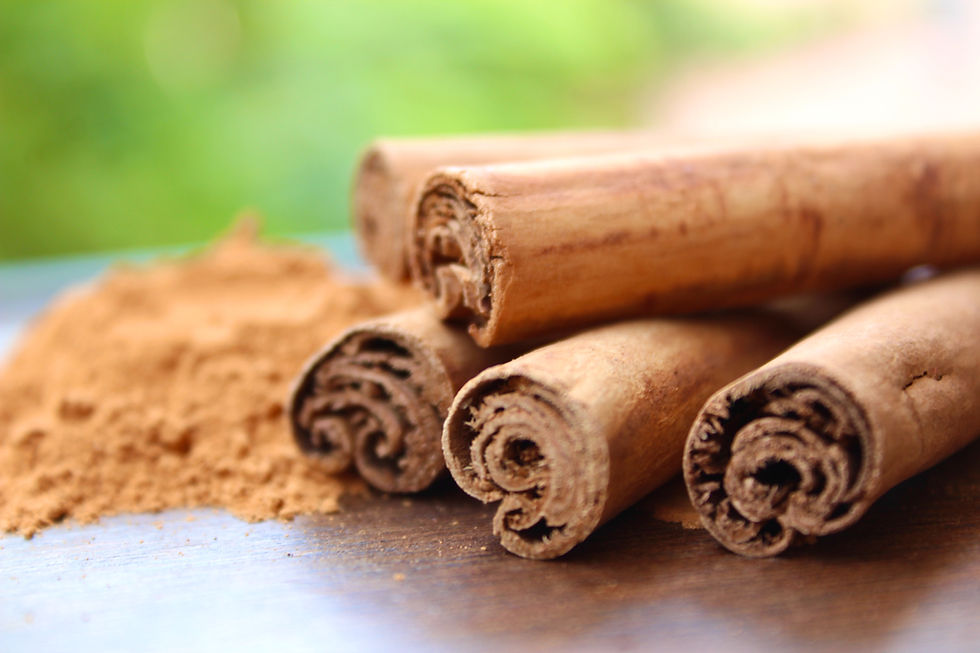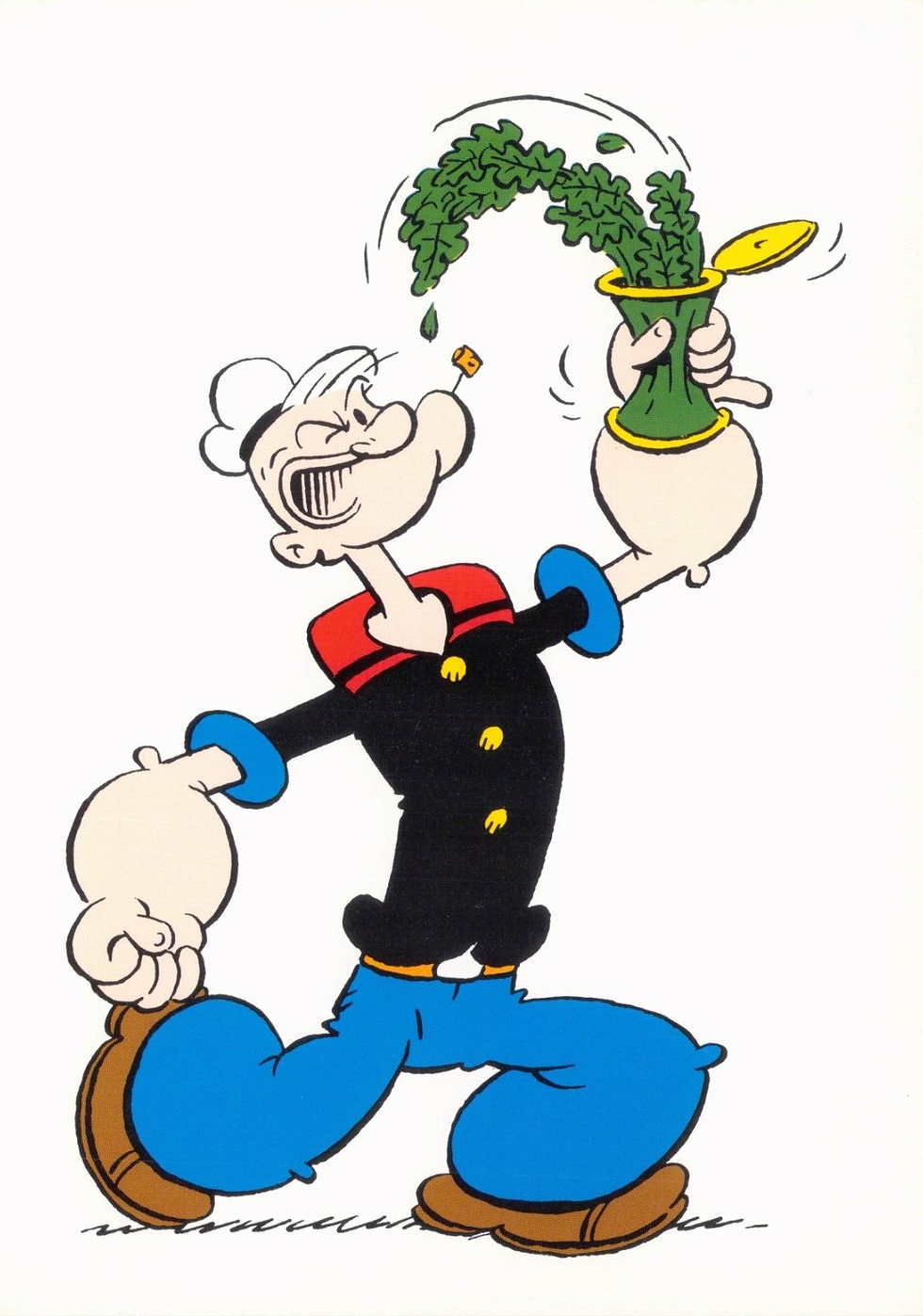This past Shabbat our rabbi (aka my husband) asked the congregation to follow along as we read Vayakhel and look at who is being told the instructions for the mishkan, who is giving materials, and who is doing the work. Over the course of Vayakhel the whole nation is told of the project, then those "whose hearts were moved" give donations, skilled artisans make the materials and ultimately Betzalel creates some of the more complicated pieces. However, in Pekudei they bring the completed elements to Moshe who is ultimately instructed to erect it. When the actual erecting is done, however, it's in passive tense "In the first month of the second year, on the first of the month, the Tabernacle was erected." (Shemot 40:17) I know some ELA teachers who would take issue with this construction. They would ask "Who did the erecting?" Actually, the rabbis ask the same thing and come up with the idea that the elements of the Mishkan were so heavy

that neither the workmen nor Moshe could erect it. God told Moshe to make the attempt, but the Torah states in the passive voice ("was erected") to show that it stood up by itself, miraculously (Rashi.) This detail caught my attention and what came to mind is the Hebrew word for heavy, כָּבֵד, is the same word that is used in Hebrew for liver, perhaps because the liver is a very heavy organ. I don't like real chopped liver, but I do like mock chopped liver so that will be on our menu to go with our challah and humus starters. There are many options for mock chopped liver - lentils, peas, eggplant - choose your favorite!
Speaking about the elements being completed, throughout the parsha this work is generally referred to with the Hebrew word מְּלָאכָ֗ה, however there is a line in the parsha that uses a different word
כְּכֹ֛ל אֲשֶׁר־צִוָּ֥ה יְהֹוָ֖ה אֶת־מֹשֶׁ֑ה כֵּ֤ן עָשׂוּ֙ בְּנֵ֣י יִשְׂרָאֵ֔ל אֵ֖ת כׇּל־הָעֲבֹדָֽה׃
Just as יהוה had commanded Moses, so the Israelites had done all the work.
In this case the word used is עֲבֹדָֽה, which is also the word used to describe the sacrificial service, which puts the work of the artisans as similar to the way to worship God. I love this way of considering multiple paths to connect with the divine. Referencing sacrifices could be done with any roast meat, but instead I am going to make a specific brownie recipe that is in a group of recipes shared between the learners at The Conservative Yeshiva when I was there in `01-`02. Kirsten Cowan shared the recipe (see below) with the following note "I called these Jerusalem

Brownies because I burnt them slightly, and was feeling despairing about them until I remembered a midrash my partner had brought home - that the smell of Jerusalem is said to be like burnt cinnamon." I associate this with sacrifice because the cinnamon would need to overpower the smell of the fired meat, etc.
Finally, as we finish reading the book of Shemot this week we get to say the special phrase read at the end of each book of the Torah - חזק חזק ונתחזק - "Be strong, be strong and may we be strengthened." To help us be strong as we continue through the readings, the cycle of this year,

and, in particular, the challenges we face in the world today, we are eating "strengthening" food.
Think Popeye....Spinach. There happens to be a cool recipe I am going to try from this week's NY Times Sunday recipe section. It calls for kale or spinach, so I'll use spinach for this week's meaning.
Shabbat Shalom & B'Tayavon!
Jerusalem Brownies
1 c. flour
1 tsp cinnamon
1/2 tsp baking powder
1/2 tsp salt
1/2 c butter or margarine
2 squares unsweetened chocolate
1 c. sugar
2 eggs
1 tsp vanilla
1c. chopped nuts (optional)
Preheat to 350. Stir together flour, cinnamon, baking powder, and salt. Set aside. Melt butter or margarine and chocolate in heavy saucepan over low heat. Meanwhile, beat sugar, eggs, and vanilla until thick and lemon colored. Add flour and chocolate mixtures to sugar mixture and beat until smooth. Stir in nuts then spread in greased 9 inch square pan and bake at 350 for ~30 minutes. Cool and cut into squares.

Comments